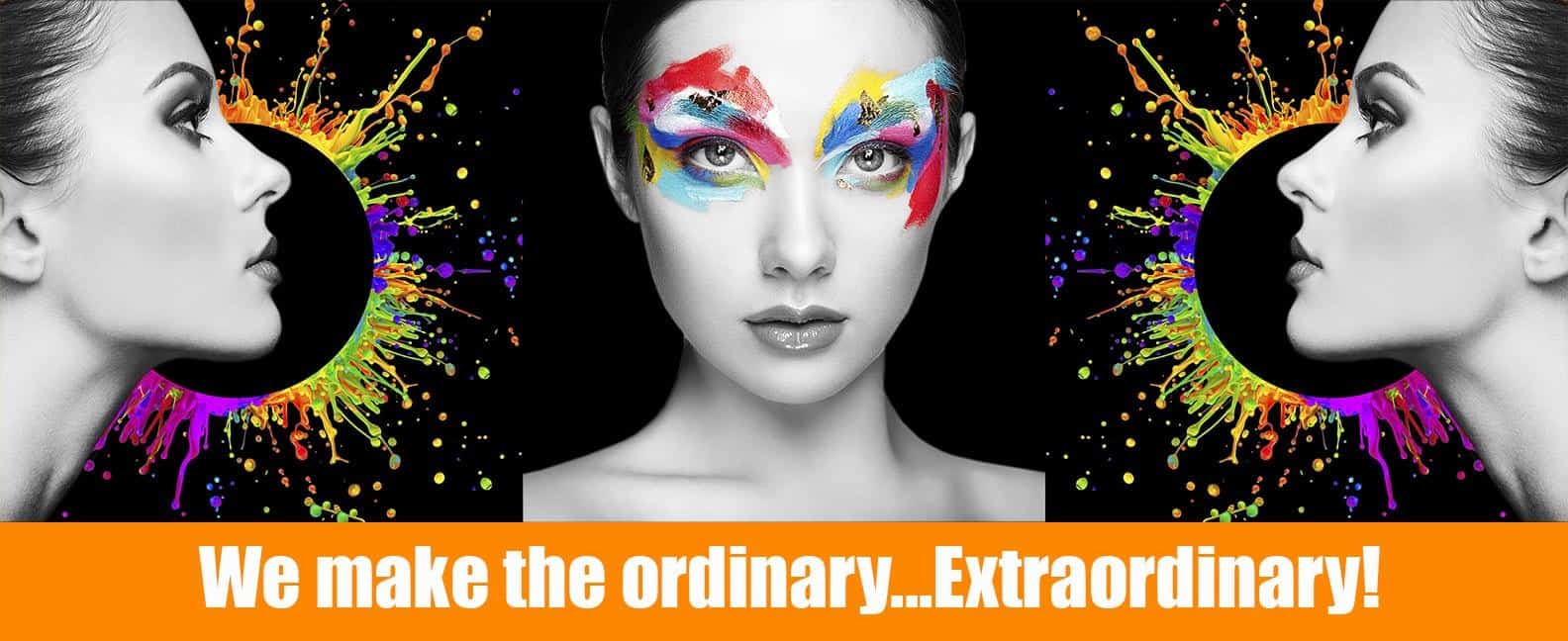A Little More Conversation, A Little Less Call to Action: Branded Content vs. Traditional Advertising
In 2015, single-malt scotch brand The Balvenie created Raw Craft, a series of travelogue-style short videos starring Anthony Bourdain, in which the famous chef and TV host interviews skilled artisans from around the world. Brand-strategy expert Andrew Cagan points out that this video is not your average advertisement for whisky.
“In one episode out of 10, they went to the Balvenie distillery. That’s the only fingerprint the brand left.”
As senior director of strategy at experiential marketing group Roaming Hunger, Cagan is committed to finding the next great way to engage consumers and keep his clients happy. When it comes to branded content, he is fascinated by the way it eschews the traditional goals of advertising in lieu of a deeper connection.
‘We need to build customer relationships and we don’t think we can do that with a traditional 30-second spot,’ that’s when we get into good branded-content territory.”
“When creating branded content, you don’t get there by saying, ‘How are we going to create an ad that gets people to drink more scotch?’ It doesn’t really work that way. But when the brief says, ‘We need to build customer relationships and we don’t think we can do that with a traditional 30-second spot,’ that’s when we get into good branded-content territory.”
Born seemingly from the rise of YouTube, viral videos, and the understanding that millennials prefer to buy “experiences” over products, branded content represents a new approach to advertising — perhaps even a form of anti-advertising. As is the case with the Raw Craft series, many examples of branded content retain only a loose connection to the brand’s products. Instead, they focus on providing entertainment, information, or a cool-factor that aligns with the target consumer’s lifestyle. According to Priscilla Flores-Dohnert, former director of brand and partnerships at Quidsi, this approach can work wonders on the growing number of ad-averse consumers out there.
“People tune out regular ads because, let’s face it, ads can be really annoying. Branded content, if done right, is a way to get around that. It can and should offer really good info — something entertaining, or topical. For example, ‘Tips on what to pack when traveling with a baby.’ Things that add value, in order to get around that tune-out.”
Branded content offers companies the chance to maintain the credibility they normally lose the moment a consumer senses they being sold a product. This is sometimes accomplished via a famous influencer, like Anthony Bourdain, but can also be just as effective with the help of a normal person with a YouTube channel. This is especially true when the product in question needs a little extra explaining.
“For brands with complex products, I think branded content videos are smart,” says Caroline Bailey, senior copy director at New York ad agency Kargo. “A great how-to for a DIY project involving caulk is more valuable to me than a video spot telling me caulk is on sale. Just please keep that video short.”
Bailey points out, however, that it can be easy for brands to lean too heavily on their design and production departments, creating content that may have style but which lacks substance.
Branded content, if done right… can and should offer really good info — something entertaining, or topical.
“Often times ‘good’ branded content is actually just a superficial take on a topic that’s generically well-written or shot, but doesn’t have enough of a viewpoint one way or another to offer true insight. In other words, it’s often not really entertaining. It’s not a story I’m likely to connect with or share.”
How Do You Measure Success?
Shareability is a major factor in the success of branded content. But this metric — along with entertainment value, cool factor, etc. — is not easily quantified. This can make a branded-content strategy a difficult pitch to a pragmatic chief marketing officer. But many of its advocates, like brand strategist Shirley Chan, argue that it can be well worth the risk.
“To use a metaphor, sponsored content is a surgical procedure, and ads are like a power shovel,” Chan explains. Similarly, measuring the value of an ad by its ROI — rather than simple cost — can help hone and optimize content-strategy efforts. While Chan admits that branded content might not be the right choice for every businesses looking to make a quick buck, it can present a solution to some very common problems.
“For long-term customer retention and engagement, [branded] content gives you much more lasting value than spray-and-pray advertising.”
For brands willing to play the long game, sponsored content can do a lot of psychological heavy lifting. By reinforcing positive associations with their favorite TV personalities, hobbies, or interests, it can do more than sell people a product — it can sell a lifetime of loyalty. Andrew Cagan cites Kate Spade’s 2014 #missadventure video series starring Anna Kendrick.
“The entire series was basically just Anna Kendrick being charming,” Cagan recalls. “I’m just guessing, but I bet there weren’t a lot of people who saw those ads and immediately wanted to shop Kate Spade. But the next time they walked through the mall and saw Kate Spade, they just felt a little differently about the brand.”
By reinforcing positive associations with their favorite TV personalities, hobbies, or interests, it can do more than sell people a product — it can sell a lifetime of loyalty.
But when it comes to informing, entertaining, and building a sense of affinity with the brand, sponsored content isn’t the only game in town. As if to beat its new challenger at its own game, the traditional commercial has now been beefed up to create the long-form ad. While not entirely novel — remember late-night infomercials? — these new incarnations are incorporating some of the winning strategies of branded content to great effect.
Several of the biggest recent success stories in long-form advertising come from the Harmon Brothers, a marketing agency that claims to have “pioneered the combination of two disparate worlds: Brand advertising and infomercials,” according to its website. The group’s silly and surreal ads feature the hallmarks of the greatest viral videos, while also explaining exactly what the featured product does, and how it can benefit the consumer. This approach has garnered impressive results for Harmon Brothers and its clients; its four-minute video for online mattress manufacturer Purple generated over 150K views and over 175K shares on Facebook and YouTube. Another long-form video for the photo album-creation app Chatbooks helped the brand increase sales by 200 percent. The agency has credited its long-form ads for driving a combined $100 million in revenue in 2016.
The Evolution Of Branded Content
To Andrew Cagan, it doesn’t matter if brands remix the infomercial format, or keep the product hidden in plain sight; he believes these ads are indicative of a new phenomenon.
“Whether it’s with ads or branded content, brands are committing to storytelling. Some of those stories are about their brand, some are about their customers. Both represent a commitment to somewhat costly productions with no obvious delivery channel.”
As to what the future holds, Cagan believes we haven’t yet seen branded content’s final form — but it might look familiar to our parents and grandparents.
“I see us returning to the model of advertising used in television during the 1950s and ’60s: full 30-minute blocks of programming sponsored by one brand. It wouldn’t surprise me in the least if we moved from six- to seven-minute videos from large companies to full shows 100 percent sponsored by Samsung.”
And as Priscilla Flores-Dohnert, formerly of Quidsi, points out, Cagan may be onto something. “During its fourth season, AMC’s The Walking Dead launched a spin-off web series sponsored by Hyundai,” she explains.
We may not be too far off from “Warby Parker Presents: The Big Bang Theory.” But given consumers’ historically well-attuned “anti-ad” sense, the content of the future will need to be witty, informative, captivating, and valuable. Consumers are becoming too savvy and too distracted for the hard sell. Brands must learn to participate in “the conversation” in a way that actually feels like conversing, lest their words be tuned out like noise, or blocked like so much spam.



